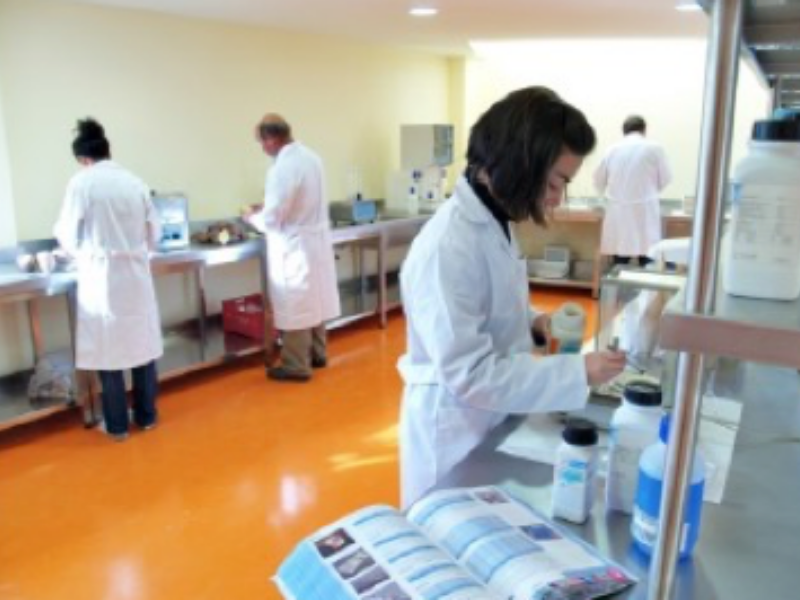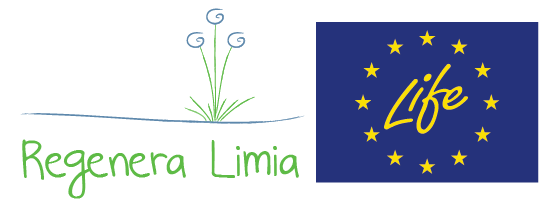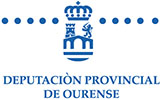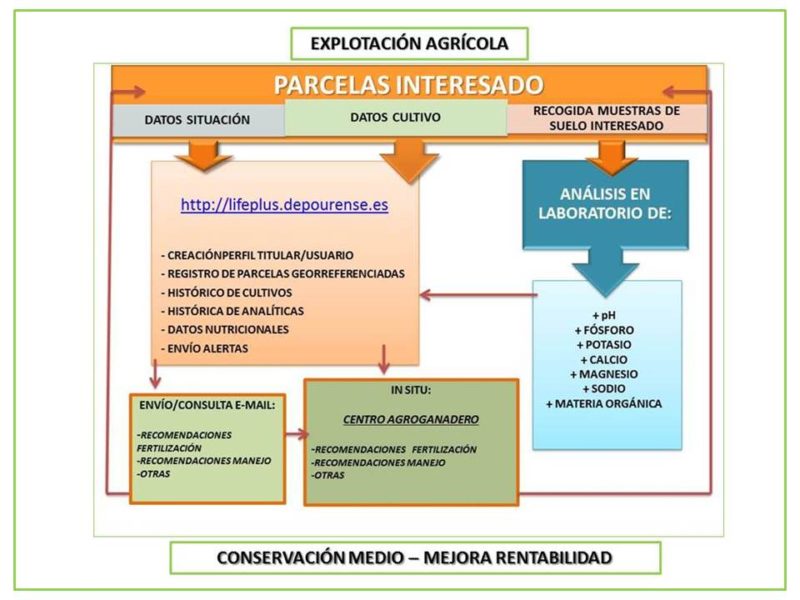Action B1
Integrated control system for the management of organic and chemical fertilisers in agricultural soils (SCIGFASA)
The Integrated control system for the management of organic and chemical fertilisers in agricultural soils (SCIGFASA), aims to warn and inform the farmer or owner of the pasture on the level of saturation of organic nutrients in agricultural soils according to their soil characteristics, type of plot, location and type of uses, in order to optimize the subscriber according to the necessary requirements.
It is an instrument to dose and prevent the abuse in the fertilization of the land, both organic and chemical fertilisers. Together with the effect of reducing the load of soil fertiliser and reducing leachate to water bodies, it contributes to reducing greenhouse gas emissions (GGE) and reducing the carbon footprint of agricultural activity in the region.
This tool will be offered as a free service that can be extended to the rest of the farmers in the region.
Process:



As a support to this system, a guide of “Good Agricultural Practices” will be made for dissemination among farmers and ranchers; which will have a periodic update including new technologies and legislative amendments.
As a pilot action, as a result of the agreement with farmers, in the fields that show the yields and evolution of the harvests, and correlate with the previous fertiliser recommendations of SCIGFASA, the monitoring of 10 agricultural plots will be started up.
results
Integrated Control System for Fertiliser and Fertiliser Management in Agricultural Soils
MAP OF THE PH ORGANIC MATTER OF SOILS
Guide of good agricultural practices
Pilot plots







